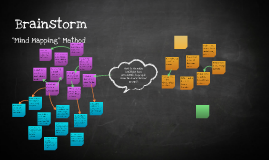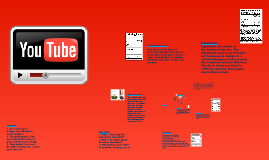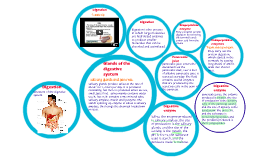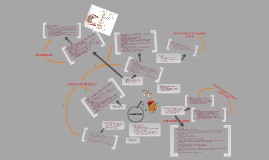Food and Digestion(Healthy Eating)
Transcript: Food and Digestion(Healthy Eating) Section 3.2 Zach Desacia 7-2 My prezi is about Healhty Eating. In my prezi I cover from The Food Pyramid to Food Labels. I covered almost every thing in the pryamid food labels. The Food Guide Pyramid Grains: (6 to 11 servings) Grains include bread, crereal, rice, pasta group. They are rich in carbohydrates, proteins, fiber, vitamins, and minerals. Vegetables: (3 to 5 servings) Vegetables are low fat. They are rich in carbohydrates, fiber, vitamins, and minerals. Fruits: (2 to 4 servings) Fruits are rich in carbohydrates, fibers, vitamins, and water. Dairy: (2 to 3 servings) The dairy group contains milk, yogurt, and cheese. the dairy is rich in proteins, carbohydrates, vitamins, and minerals. Meat: (2 to 3 servings) The meat group contains meat, poultry, fish, dry beans, eggs, and nuts group. These foods are high in protein. They supply vitemans and minerals. But they are high in fat and sould be eating rarely. Oils: (use rarely) The oils group contain soft drinks, candy, ice cream, mayonnaise, and other foods with few valuable nutrients. These high in calories. Food Lables Food lables are made to tell the nurtitional facts of the prouduct. The FDA(Food and Drug Administration) makes the laws of what should be on the food lables. Serving Size Serving size is the number that tells you how many servings in the container. The FDA has four standard serving sizes for all foods. Calories from Fat The calories give you energy and some are from fat. No more than 30% of calories from fat. The way fyou find out then percent of fat in calories you have to divide the fat in calories by the total number of calories, then multiply what you get by 100%. Daily Values The percent daily value indicates the nutritional content fits into a persons daily diet. The amount of calories you consume every day depends on your age,size, and level of activity. An active teenager requrie 2,500 calories every day or more. Ingredients Ingredents are always at the bottom of the box. The ingredents have to be included so if someone is allergic to a certain substance in the product the consumer must be informed. The list in forms you that if a artificial subtance that people would like to know. Using Food Labels You can use food labels to help make healthy food choices. Food labels allow you to check a single food product or compare the nutritional value of two food products. Questions 1. Why is checking the ingredents important? 2. Why is the grain group the most important? 3. Why would people want to know the serving size is? Answers 1. So if someone is allergic to a substance in the product. 2. The grain group is the most important beause it gives you the most energy. 3. They would like to eat the right serving size so they dont over eat.

















